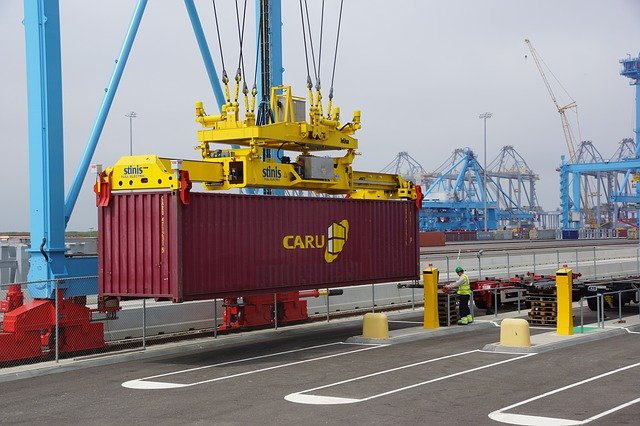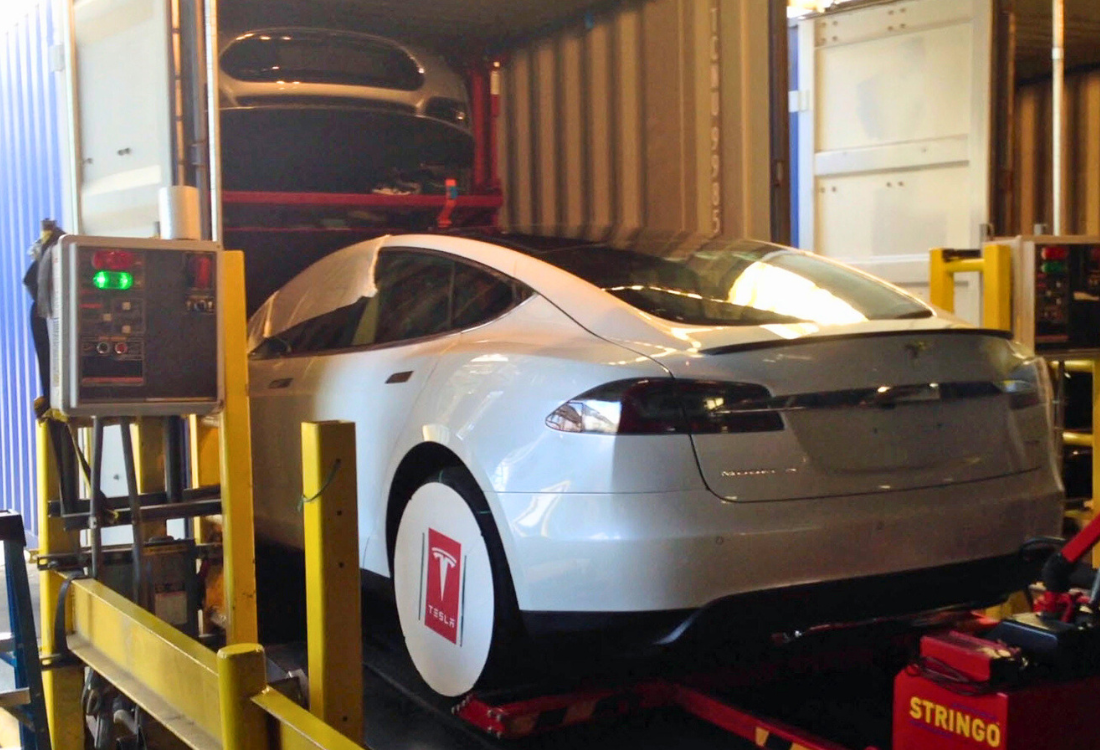
High-quality, reliable, and with excellent ROI, steel transportation racks have opened up exciting possibilities for the automotive industry. But what exactly are they, and how do they work?
The R-Rak: An Introduction
R-Raks are a high-grade steel racking solution that enable up to four vehicles to be transported inside a single shipping container. The racks are simply positioned inside the container, the vehicles driven into place, and the container doors securely locked. If no return stowage is required, the R-Raks fold down into neat pods, to be shipped back in a single container.
A Range Of Benefits
As a transport solution, the R-Rak offers a multitude of benefits. From a financial perspective, R-Raks provide both excellent ROI and the opportunity to lower costs in a range of areas. For instance, container shipping has significantly more routes available than RoRos, enabling efficient strategic planning and faster routes to market. As the cargo is sealed for the entirety of the journey, the journey itself is much more secure, which can reduce insurance costs. With a life-cycle of up to ten years, the racks ensure that vehicles of any shape and size can traverse the globe with ease.
More Options
At Trans Rak, we offer a range of racking solutions for different requirements. An increasingly popular choice is the El-Rak, which is the ideal option for cars that cannot be driven into the container. These include stripped down vehicles, and - due to ever changing legislative requirements – often electric vehicles. With the El-Rak, the car is secured to the rack externally, and then carefully positioned inside the container with a forklift. Beyond the difference in loading strategy, there is no real difference between the El-Rak and the R-Rak: four or more cars can still be secured into a single container, and the full range of financial and security benefits applies.
Is A Racking Solution The Right Choice For My Company?
Increasingly, the answer to this is yes. Two decades ago, shipping vehicles by container was rare, but socio-political and economic changes have pushed the industry in a different direction. China’s investment in the New Silk Belt Initiative (NSBI) means shipping routes are becoming optimised for containerisation, gradually rendering RoRo ferries obsolete for long distance commercial vehicle transport. The majority of RoRo operators are starting to refuse to transport electric vehicles, causing a real headache for an industry that has been given firm goals for phasing out diesel and petrol. The signs that RoRos are sailing out of the picture are very clear.
What Next?
As one of the most experienced and widely used providers of containerised racking solutions, Trans-Rak can help your company make an effortless shift to the future of fleet transport. To start unlocking the benefits today, click here to send us a message.
Image source: Pixabay















